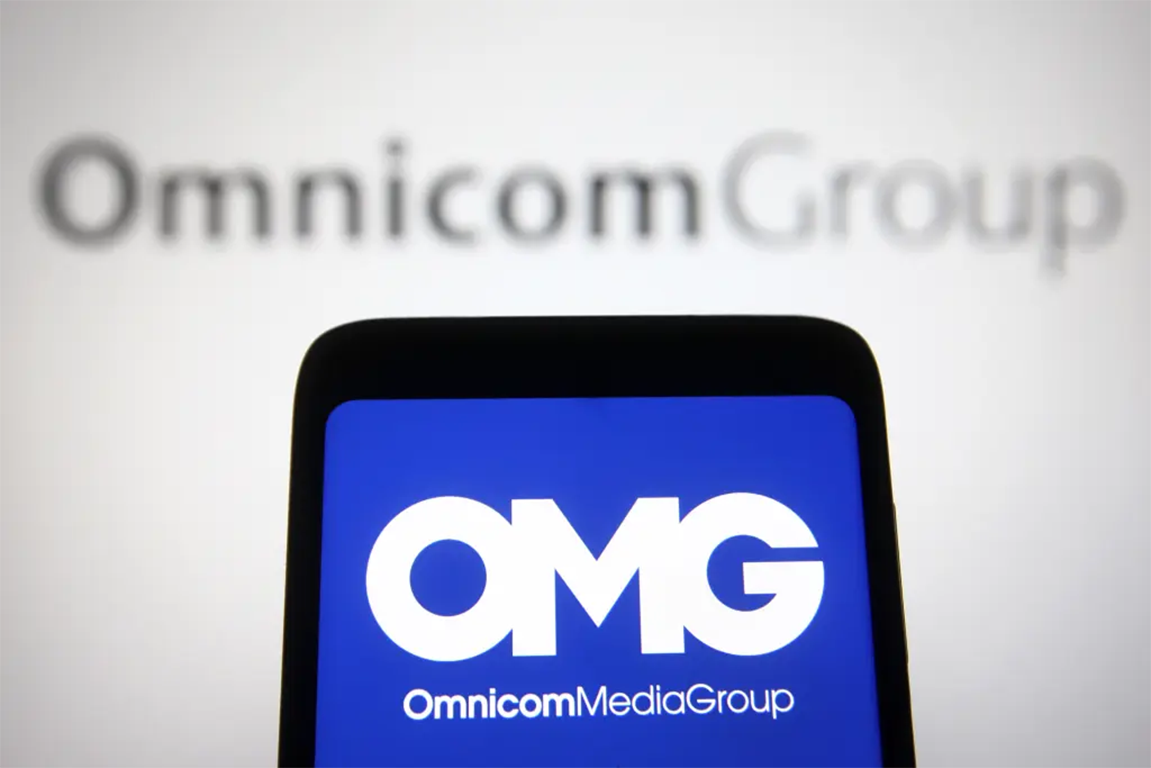
Omnicom and Interpublic Merge to Create $30 Billion Ad Agency
The advertising world is experiencing a seismic shift with the merger of two industry giants, Omnicom Group and Interpublic Group. This $30 billion deal marks the creation of the largest advertising agency globally, combining revenues of nearly $26 billion and a workforce exceeding 100,000 employees.
The strategic rationale behind the merger
This merger represents a strategic response to the evolving dynamics of the advertising industry. Omnicom and Interpublic have long been dominant players, but the rise of digital advertising and the outsized influence of technology firms have disrupted traditional paradigms.
The merger’s primary goal is to pool resources and capabilities to compete effectively against tech companies that now dominate the digital advertising space. Artificial intelligence and data analytics are set to play pivotal roles in the new entity’s operations, enabling precise audience targeting and innovative campaigns that align with modern consumer behaviors.
Beyond technology, the merger will allow the combined entity to offer a broader range of services and capitalize on economies of scale. For clients, this translates into a more integrated and streamlined approach to branding, media buying, and creative campaigns.
Financial implications and market reactions
The financial terms of the merger reflect a carefully structured agreement. Omnicom shareholders will hold a 60% stake in the new company, while Interpublic shareholders will retain 40%. This all-stock deal is projected to generate annual cost savings of approximately $750 million, largely through streamlined operations and reduced redundancies.
Market reactions have been mixed. Interpublic’s stock saw a sharp 9% increase following the announcement, signaling investor confidence in its future prospects. On the other hand, Omnicom’s shares declined by nearly 7%, highlighting concerns about integration challenges and short-term risks associated with the deal.
Leadership and operational integration
A merger of this magnitude requires a robust and unified leadership structure to navigate the complexities of integration. John Wren, Omnicom’s CEO, has been tapped to lead the newly formed entity, which will retain the Omnicom name and trade under the ‘OMC’ ticker symbol.
Key executives from both Omnicom and Interpublic are expected to assume significant roles, ensuring that institutional knowledge and diverse perspectives guide the combined company’s direction. Early reports indicate that a comprehensive integration plan is already underway, focusing on harmonizing corporate cultures, aligning client services, and merging operational frameworks.
Historical context and future prospects
This isn’t Omnicom’s first attempt at a transformative merger. In 2013, the company sought to merge with Publicis Groupe, a deal valued at $35 billion that ultimately fell apart due to managerial and structural disagreements. The lessons from that experience appear to have informed the current merger with Interpublic, which features a more streamlined and clearly defined leadership strategy.
Looking ahead, the new Omnicom-Interpublic entity is poised to reshape the global advertising industry. The focus on leveraging AI and data-driven solutions positions the company as a leader in digital transformation, appealing to clients who demand innovative and measurable campaign outcomes.
The advertising landscape remains fiercely competitive, and challenges such as regulatory scrutiny, integration hurdles, and shifting market trends could influence the merger’s outcomes. If successful, this consolidation will serve as a case study in navigating industry disruption and embracing innovation at scale.
Industry-wide implications
The Omnicom-Interpublic merger represents a pivotal moment in the advertising industry, with rippling effects likely to fall across competitors, clients, and markets. By forming the largest advertising agency in the world, the combined entity sets a new benchmark for scale and capability in an industry under constant pressure to evolve.
For competitors such as WPP and Publicis Groupe, this merger underscores the urgency to innovate and consolidate. Smaller agencies, too, may face increased challenges as the new powerhouse dominates resources, talent, and client rosters. These dynamics could trigger a wave of further mergers and acquisitions as agencies seek to remain competitive.
Clients of the merged entity stand to benefit from an expanded suite of services, advanced technology platforms and enhanced global reach. However, concerns over reduced competition and potential conflicts of interest may emerge, particularly among clients in overlapping markets.
Globally, the merger’s emphasis on AI and data-driven advertising highlights the shifting priorities within the industry. Traditional media channels are increasingly giving way to digital-first strategies that prioritize personalized content, performance metrics, and real-time audience insights. Omnicom and Interpublic’s unified approach could serve as a blueprint for modern advertising practices, influencing how agencies worldwide approach creativity and technology integration – key for survival in a rapidly changing market.
Sources:
To keep up-to-date with our latest executive and business news, subscribe to our newsletter today.